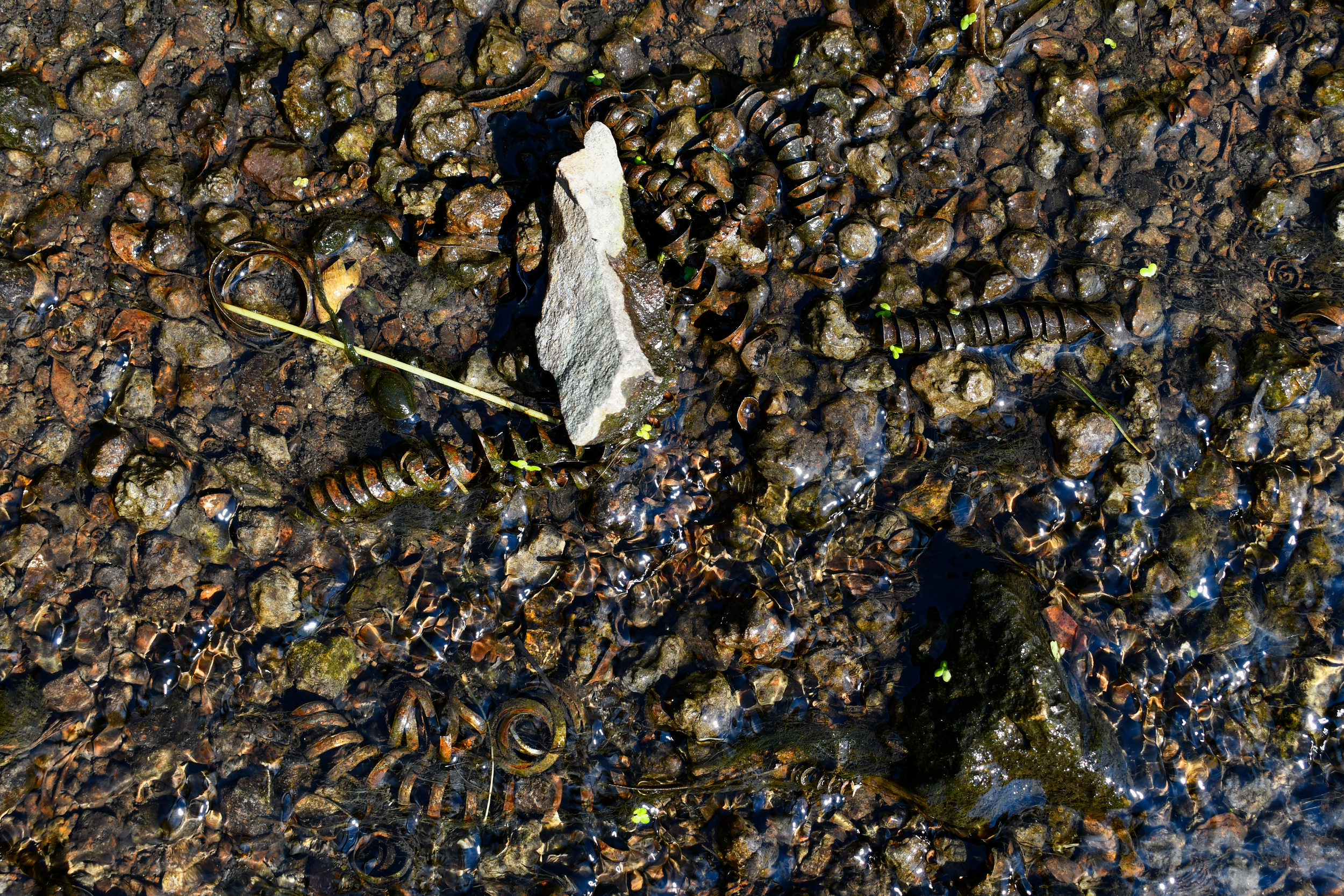New E. coli Removal Filter Shows Promising Results
A new E. coli removal pilot project led by South Dakota State University (SDSU) and the City of Sioux Falls may significantly impact water quality in the area. E. coli, a bacterium, is commonly found in South Dakota waterways at levels deemed unsafe for immersion recreation and limited contact recreation. Researchers from SDSU have been studying unlikely materials for their ability to remove fecal indicator bacteria, such as E. coli, from local stormwater sources. Steel byproducts, which are generated by steel machining, cutting, and grinding, are one such unlikely material. These waste products that would otherwise end up in a landfill or recycled back into the industry include steel wool, chips, and turnings, which researchers have found to be effective for E. coli removal.
Steel byproducts in the E. coli filter
How does a steel chip remove E. coli from stormwater? The answer is simple as long as you understand a bit of chemistry. The steel chip is positively charged, and the E. coli surface is negatively charged. This difference in polarity allows the E. coli to be absorbed on the steel chip’s surface, effectively removing it from the stormwater. When the two surfaces come in contact with each other, the steel releases ferrous and ferric ions that oxidize the cell membranes of the E. coli, thereby destroying the bacteria. Following this discovery and many trial runs in the lab, researchers decided to put their design to a real-world test. They created a stormwater runoff filter using steel chips and steel slag as the filtration medium and installed it at a residential stormwater retention pond in Brookings, SD. The results from this study showed that, on average, 50% of influent E. coli was removed during the stormwater seasons. The effectiveness of this small-scale pilot project left researchers wanting to learn more. How effective would the E. coli filter be at a large-scale level? That’s where the City of Sioux Falls comes in.
In April 2024, a larger filter was installed at a stormwater drainage site along South Sycamore Avenue in Sioux Falls, and the team has been monitoring its effectiveness since then. The study concluded on August 31, 2024, and SDSU will provide a final report on the study by the end of the year. Following the study period, the City of Sioux Falls will continue to maintain and monitor the filter. We sat down with Troy Lambert, an Environmental Analyst for the City of Sioux Falls, to discuss how the project has performed thus far. According to Lambert, early results show promising E. coli removal, with an average of 35% removal during a June sampling and 50% during a July sampling. During the early summer flooding, E. coli removal rates did decrease due to higher flow rates and reduced contact time with the media. However, the filter remained intact and was not damaged during the flood.
Based on the filter's effectiveness thus far, we asked Lambert whether the City would consider placing additional filters around Sioux Falls in the future. “Given that testing has just begun, there are no immediate plans to install additional filters at this time,” Lambert said. The City will need to receive a final report from SDSU and conduct a cost-benefit analysis to determine if additional filters are worth the time and money. “If deemed feasible, the City would consider adding additional filters to other discharge points impacted by high E. coli levels,” Lambert added.
While the pilot study has shown effective removal of E. coli, further study will be needed to determine the filter's effectiveness over time. Currently, laboratory and in-field data do not show an immediate reduction in filter effectiveness as the media ages, but only time will tell how the filter performs with age. Furthermore, additional research will be needed to understand the effectiveness of the filters on a larger scale. Right now, the current filter design is best for treating localized discharges. Should the project be successful, this cutting-edge research being conducted by SDSU in the Big Sioux River watershed could have considerable impacts on water quality improvement at local, national, and international levels.


